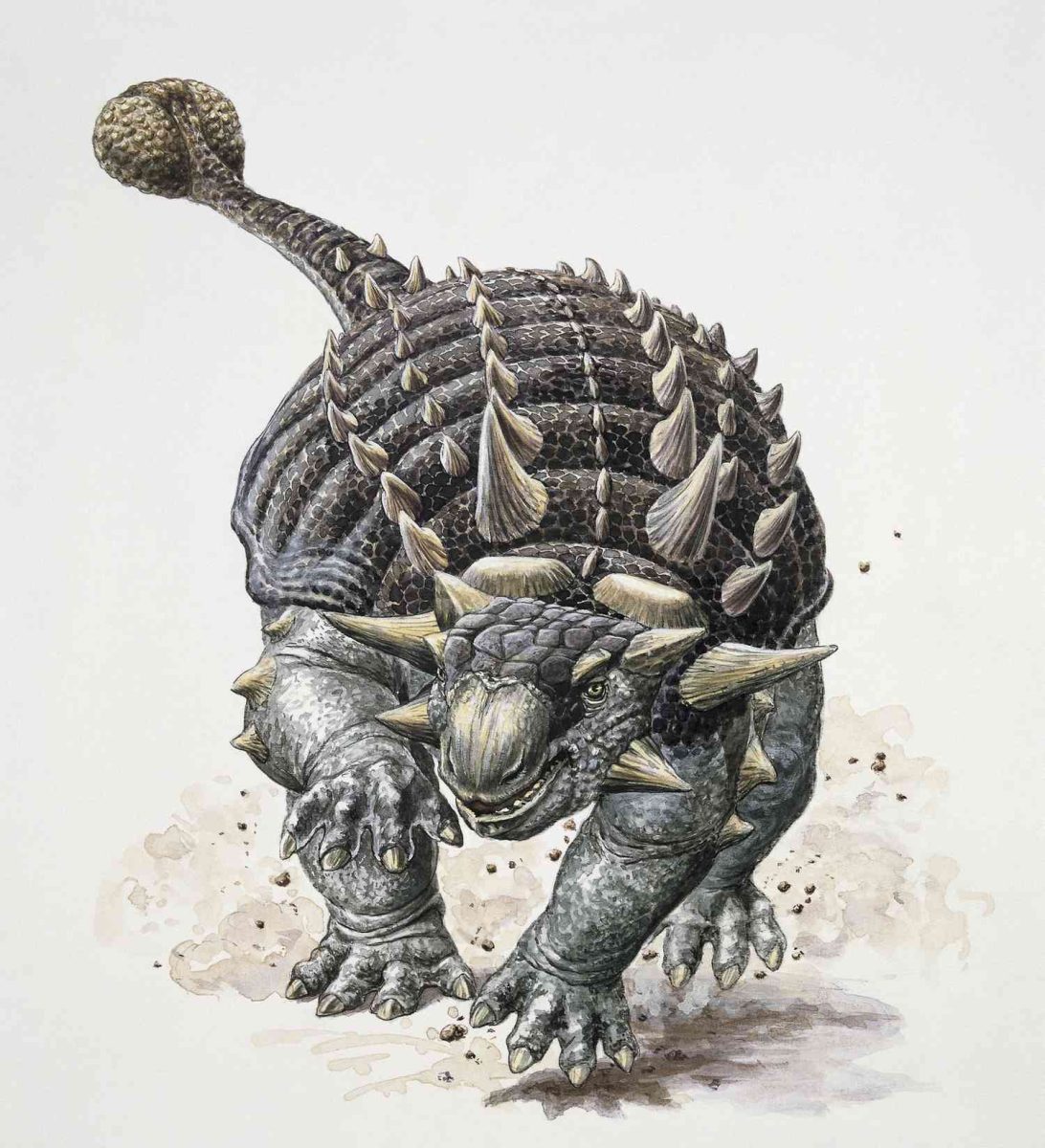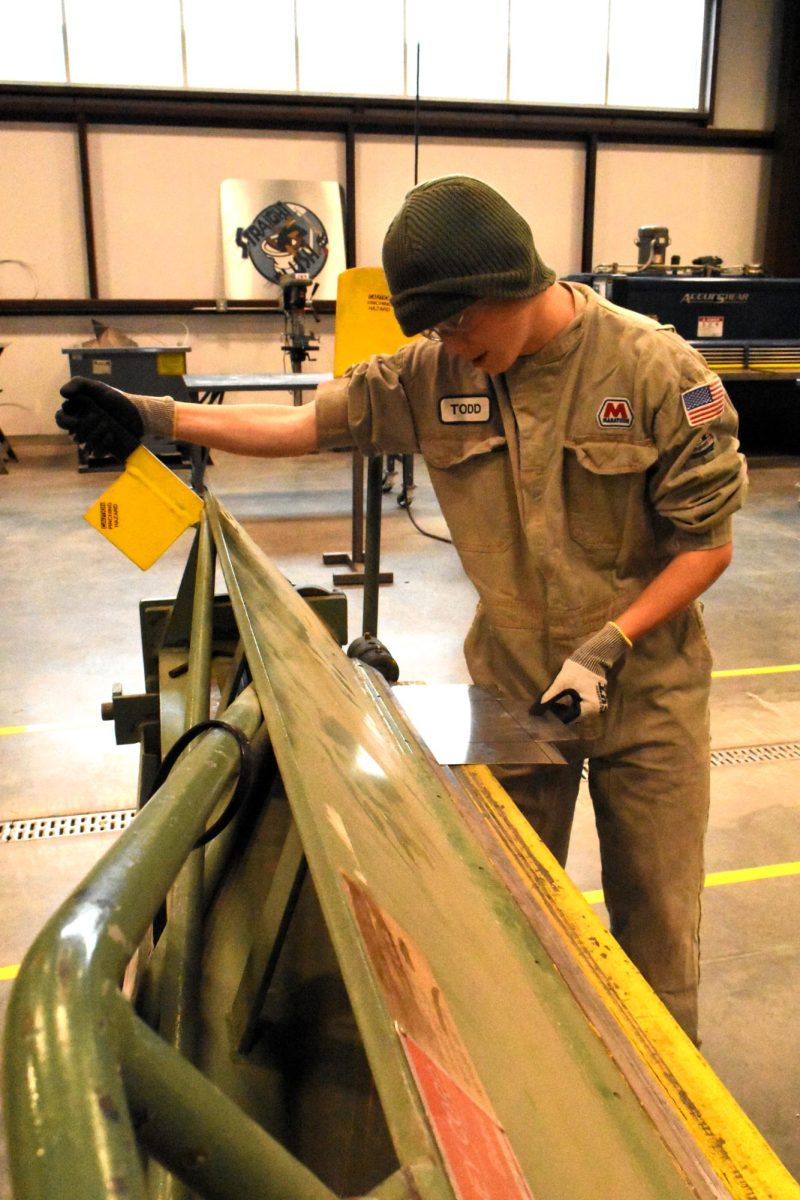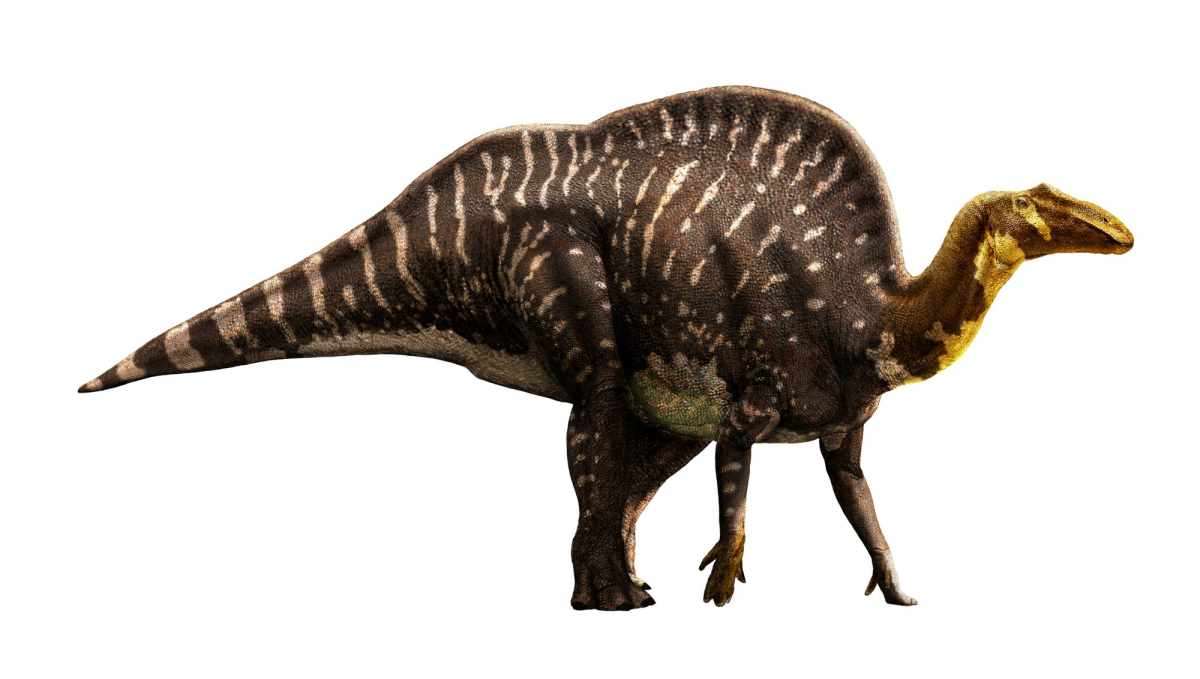With an average weight of 8000 kg and an average length of 12.5 meters, Giganotosaurus Carolinii was a force to be reckoned with during the early Cretaceous period. Giganotosaurus (gig-an-OH-toe-SORE-us) or “Giant Southern Lizard”, is a large Carcharodontosauridae (a group of carnivorous theropods) that lived from 112-90 million years ago and is commonly referred to as Giga. Similar to other carnivorous theropods, Giga walked around on two feet and used its sharp, serrated teeth to tear through its food.
Giganotosaurus had a large head with tons of sharp teeth that grew to about eight inches in length. It also had a blunt chin and long tail. Similar to Tyrannosaurus Rex, Giga had three toes on both of its feet. Giga also had three fingers on its short arms compared to Tyrannosaurus’ two fingers. On both its fingers and toes, Giga had sharp claws which it used for self defense as well as “prey on the large herbivore sauropod dinosaurs,” says Britannica.
Researchers believe that Giga may have used opportunistic tactics when hunting, meaning it likely stalked its prey and waited for the perfect moment to strike. It’s also believed that they lived and hunted in packs, much like many modern-day mammals. Researchers also speculate that Giga used its sharp teeth to make deep wounds on its prey, and wait for them to bleed out.
The first fossil pieces of Giganotosaurus were found in 1993 at the Candeleros Formation in Patagonia, Argentina. They were discovered by Paleontologist Rubén D. Carolini and later named in 1995. The specimen found by Carolini was approximated to be seventy percent complete and include a skull, hips, leg bones, and a pelvis. Part of a lower jaw and a tooth found during a 1987 excavation were later identified as belonging to a Giganotosaurus specimen.


































